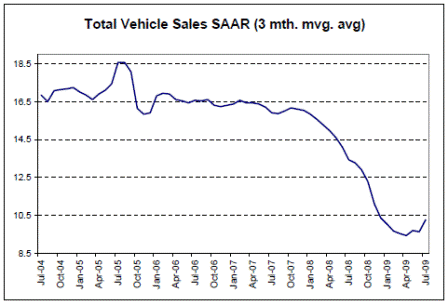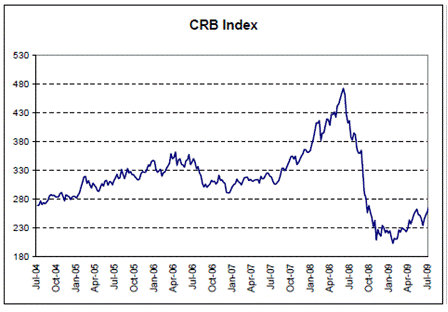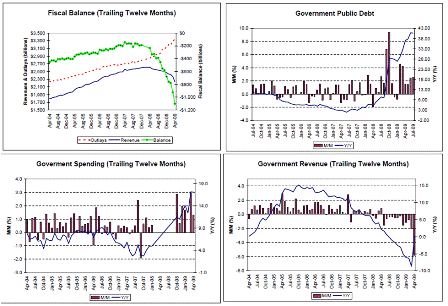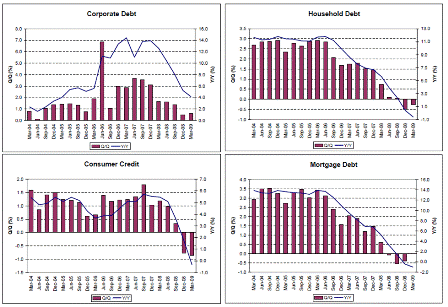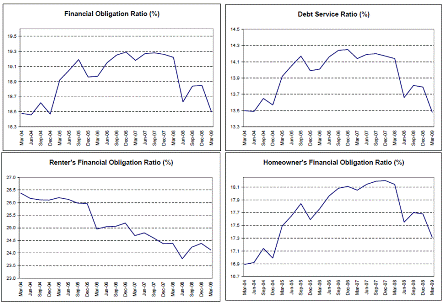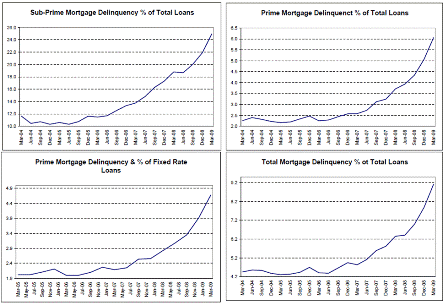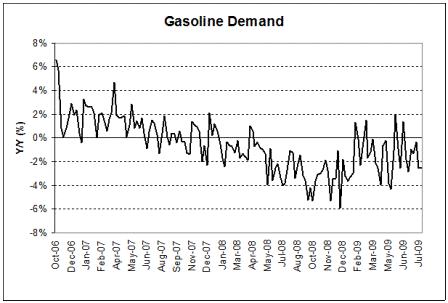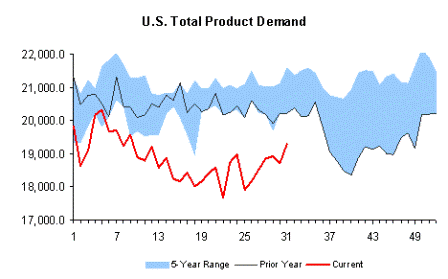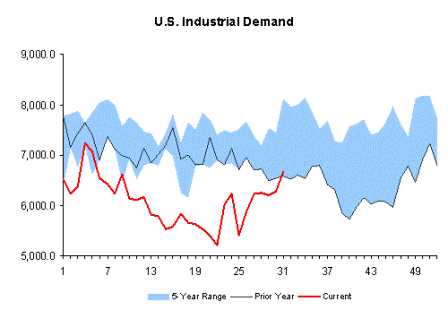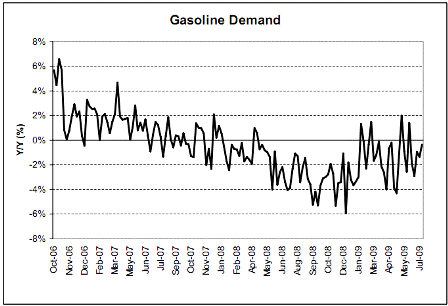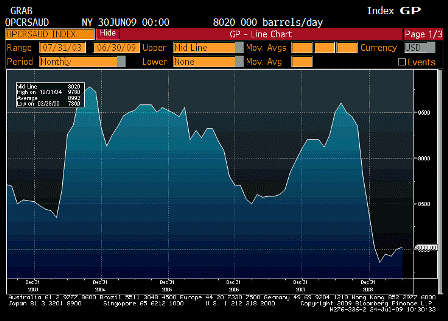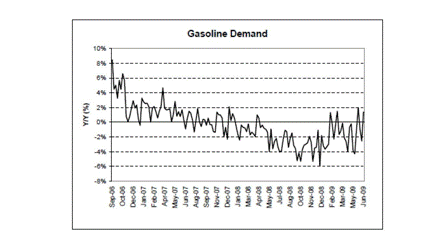Looks like it, unless there is another side of this story we don’t know about, but seems highly doubtful
The only legal place you can store mercury is in your mouth, by the way.
Mercury Found in Every Fish Tested, Scientists Say
By Cornelia Dean
August 19 (NYT) — When government scientists went looking for mercury contamination in fish in 291 streams around the nation, they found it in every fish they tested, the Interior Department said, even in isolated rural waterways. In a statement, the department said that some of the streams tested were affected by mining operations, which can be a source of mercury pollution, so the findings, by scientists at the United States Geological Survey, do not necessarily reflect contamination levels nationwide. But Interior Secretary Ken Salazar said the findings underlined the need to act against mercury pollution. Emissions from coal-fired power plants are the largest source of mercury contamination in the United States. A quarter of the fish studied had mercury levels above safety levels set by the Environmental Protection Agency for people who eat the fish regularly, the Interior Department said.
[top]

